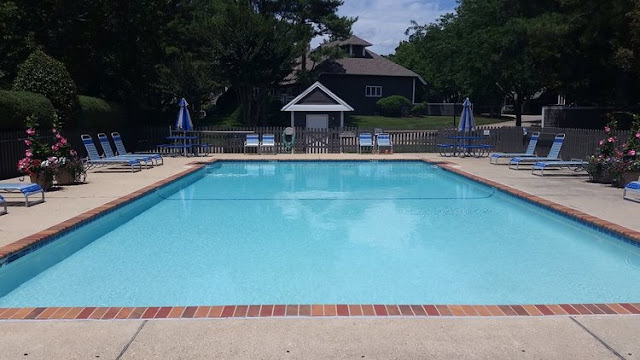How Long Does It Take to Wet Gunite?
.jpg)
Gunite application is a crucial step in construction projects that involves spraying a mixture of dry cement and sand, combined with water, onto surfaces to create a strong and durable layer. One common question that arises during this process is, "How long does it take to wet gunite?" In this article, we will delve into the factors that affect wetting time and provide insights into understanding the wetting process. Factors Affecting Wetting Time A. Gunite Mixture Composition: The composition of the gunite mixture, including the ratio of cement, sand, and water, can influence wetting time. Different mixtures have varying hydration rates, which can impact how quickly the mixture sets and gains strength. B. Ambient Temperature and Humidity: The ambient temperature and humidity play a significant role in the wetting time of gunite. Warmer temperatures and higher humidity can accelerate the hydration process, leading to faster wetting. Conversely, colder tempera...











